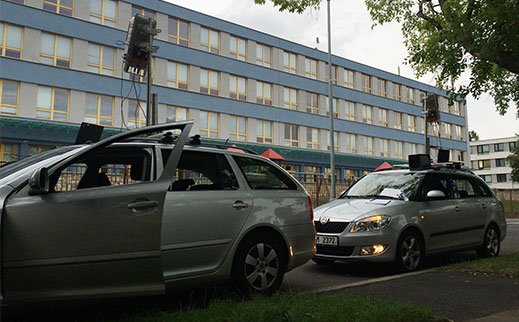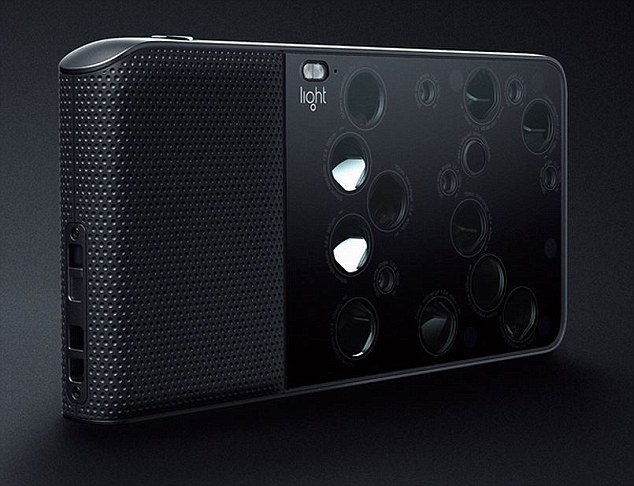Microsoft’s First Laptop Launch – The Microsoft Surface Book
Microsoft surprised the world recently with its first laptop launch– the Microsoft Surface Book. Microsoft, for the past few years had informed that its Surface tablets would replace the traditional laptops but the company now has a backup product.
Ed Giaimo, senior lead on the Surface Book team informed CNNMoney at an event in New York that some people preferred this form factor. The Microsoft Surface Book can be utilised as a full powered laptop or a tablet and the display screen can also be snapped to the back of the keyboard to act like a clipboard, credits goes to the unique mechanical hinge. However, the Surface Book is not just another Surface table with a better keyboard.
The monitor comprises of the latest Intel Core i5 or i7 processor while the keyboard base has a graphic processing unit – GPU which tends to boost the performance of the laptop. Besides this, about three fourths of the battery life of the device is stored in the keyboard. Microsoft states that a fully charged battery could last for 12 hours. The Surface Book is said to be sturdy and the tablet portion of the laptop tends to weigh 1.6 pounds while the whole unit weighs around 3.5 pounds.
Sleek Detachable Device
The new laptop tends to target busy professions comprising of features which do not have the need of setting it up for utilisation. The Surface Book is a sleek detachable device which seeks to redefine the laptop. The 13.5 inch Surface Book would be going on sale on 26th October with pre-orders beginning soon and the base model would be priced at $1,499.
The Surface Book is said to be just one of the several Windows 10 products that was announced.Running on the latest Windows 10 with the combination of the latest processor technology, it gives a powerful engine for great workforce.
It also has a powerful memory with expandable internal storage which could be advantageous in file storage as well as speed browsing. Besides this, Microsoft also launched a new Surface Pro together with two Lumia smartphones.
The new Microsoft Surface Pro 4 seems to have a bigger display of 12.3 inches though it is the same size as the Surface Pro 3. The accompanying keyboard has been updated by Microsoft to include a fingerprint reader, bigger touchpad and an improved keyboard.
Stylus Upgraded/ Digital Eraser on the Other End
The stylus has also been upgraded. It has one year battery life, magnetically attaches to the Pro 4 and Surface Book and works with various pen tips. It also has a digital eraser on the other end. Lumia 950 and 950XL now are essentially like pocket sized Windows 10 computers.
Users can connect to a monitor, mouse and keyboard. Though Microsoft has made it clear that it seems to be serious in venturing into the hardware business, the PC market seems to be facing shipment failure. As per the International Data Corporation, worldwide PC, shipments amounted to around 71.0 million units in the third quarter of 2015.
The said volume signified a year on year failure of -10.8%, a little worse than predictions for a decline of -9.2%. Microsoft’s focus lies in `reinventing’ products and move people from needing Windows to choosing Windows to loving Windows according to Satya Nadella, CEO of Microsoft.


























